Large-fruited early strawberry Mashenka
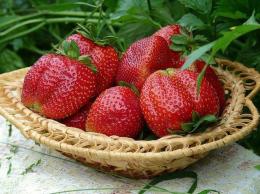
Strawberry – the most popular soda berry. Breeders are developing more and more new varieties. Mashenka, also often called the Moscow Jubilee, was bred about fifty years ago by domestic breeders. This variety is one of the favorite varieties of many gardeners, and its popularity is due not only to the excellent taste and wonderful aroma of the berries, but also to their extremely large size.
Content:
Benefits of strawberries Mashenka
Strawberry Mashenka belongs to the early varieties and has a powerful, medium-spreading, but at the same time quite compact-sized bush (however, despite this, this variety is extremely rarely used for growing at home on balconies or window sills).
This variety was bred without the gene for large fruit. The fruits of the first harvest are quite impressive in size due to the adjacent growth of several flowers. It is because of this feature that several berries are combined into one fruit.
The berries, which set and ripen first, have a comb-like shape, slightly flattened on both sides, and a truly enormous weight for a strawberry, which often reaches a hundred (and sometimes even more) grams. The subsequent harvest has a more modest, but at the same time quite impressive mass, ranging from twenty to forty grams.
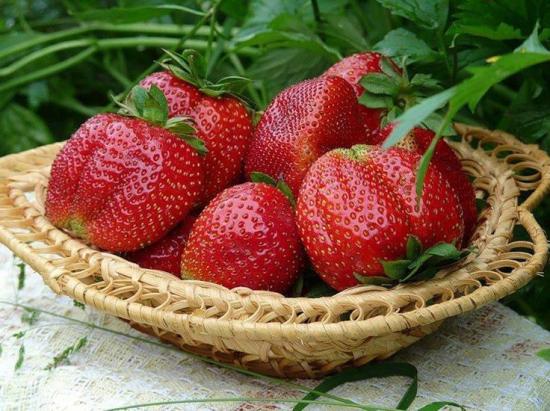
Also among the undoubted advantages This variety can be distinguished by its high density of pulp, thanks to which the strawberries are well stored and practically do not choke, and also tolerate transportation well. Among other things, Mashenka is quite resistant to many diseases, but is very sensitive to low temperatures and exposure to sunlight (dark spots and peculiar burns often appear on the leaves). Among other things, one cannot fail to note the excellent taste of this variety.
Caring for strawberries Mashenka
This variety is quite unpretentious in care. Loves flat surfaces or surfaces with a slight slope, facing southwest or west. Steep slopes or lowlands are not suitable. Nothing will work on a slope facing south either. In such a place in the spring, the snow melts too quickly, and the strawberries are exposed too early.
Strawberry Mashenka propagates by tendrils and seeds. The mustaches should be taken from those located first from the bush. Humus must be added to the soil before planting. The distance between plants is 45 – 60 cm. Planting can be mulched with peat or straw.
Mashenka in the spring needs to be fed:
- at the end of March, apply organic and nitrogen fertilizers;
- at the end of April - phosphorus-potassium or complex fertilizer;
- Organic fertilizer is required before flowering.
No fertilizing is required during fruiting.
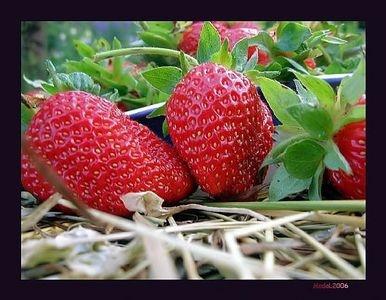
After picking the berries, the care process depends on the condition of the plants. If they are healthy, then (for prevention) they need to be sprayed with a product against fungal diseases and fed in the same way as at the end of March. If the plants are sick, you should cut and burn all the leaves and spray with a solution against diseases, for example, foundationol.
The leaves should be trimmed immediately after picking the berries.If you do this too late, the plants will not have time to prepare for winter and create flower buds for the next harvest.
In late autumn and winter, practically nothing needs to be done. If everything is done on time and correctly in the summer, then the leaves have time to grow, flower buds have formed, and the pests have been destroyed. All that remains is to wait for the next harvest.
Strawberry dishes Mashenka
Strawberries Mashenka are widely used for preparing all kinds of desserts and preparations for the winter:
- most useful – just wash and eat;
- add banana, kiwi, almonds or nuts and season with cream, chocolate cream or liqueur;
- use as an element of a complex side dish for shrimp or duck;
- make jam or jelly, make liqueur.
Most people love strawberry jam, which preserves whole berries. To do this you need:
- dilute 1.5 kg of sugar with water so that a thick syrup is obtained;
- Wash and dry the strawberries;
- Boil the syrup and place strawberries in it;
- cook for 5 minutes, then cover the pan and leave until completely cool;
- Pour the jam into jars and close.
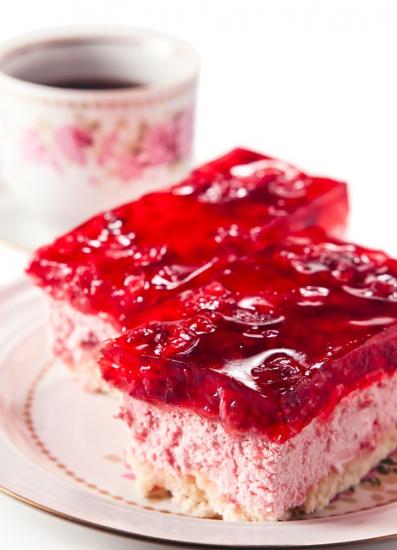
The advantage of jelly is that, unlike jam, it does not spread. To prepare it for the winter, you need to wash the strawberries, put them in a saucepan and cover with half the sugar. After the juice has released from the berries, you can add the rest of the sugar and cook. After boiling, do not cook the jelly for more than 15 minutes. You can add citric acid to taste. Pour the finished jelly hot into sterilized jars and roll up.
In order to make the liqueur, you need to put the washed strawberries in a clean three-liter jar and cover with sugar. You can add vanilla or lemon zest.Cover the container with gauze, secure with an elastic band and leave for 3-4 days in a warm place. After fermentation begins, the gauze should be removed and a water seal should be installed on the jar. The jar is placed in a dark place for three weeks. During this time, fermentation should stop. The liqueur needs to be strained and bottled. You can store it in a pantry or cellar.
Although strawberry liqueur is considered a feminine drink, no man will refuse it.

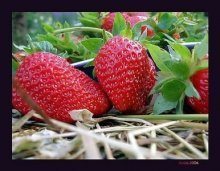
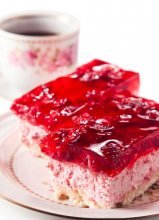
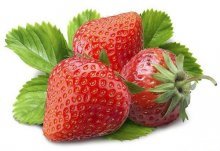

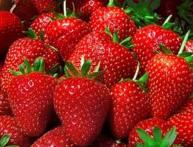
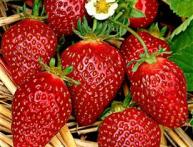
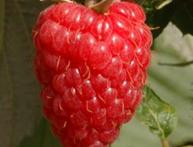
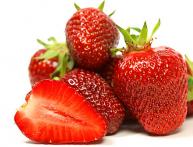
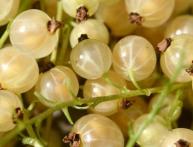
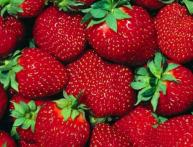
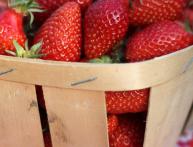
Comments
I grow strawberries at my dacha every year, but I’ve never even heard of this variety with such a beautiful name. Judging by the description, this berry has many benefits. I think it’s worth trying to get this variety for breeding.
The most interesting thing is that I have been growing strawberries for a long time, I have many different varieties planted at my dacha, but I only learned about Mashenka now. Now I will definitely buy this early variety.